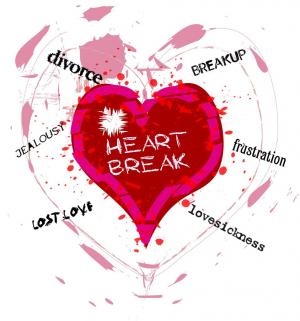
There are many reasons why a relationship that is supposed to be based on love might ultimately end in failure. Perhaps the most frequent assumption made by others relates to infidelity. This may very well be a factor, but it’s frequently something that occurs after the relationship has already started to unravel. The breakup may have been a result of legal, financial or heath issues. It may be caused by addictive or abusive behavior. Sometimes people part because one is tired of trying to change the other into who they wish they were. The list of possible causes is endless. Ultimately, it can boil down to the problem that their love was just not strong enough to hold them together.
Whatever the reason for the breakup, one of the two people often feels that they have been more greatly “wronged” than the other, which can be a major roadblock in their recovery. When one party feels that another has caused their resulting emotional pain, it’s very easy to continue to hold onto that feeling of being the victim, and the anger and hurt that accompanies it.
When you continue to hold onto that pain, who suffers? Is it the person who “caused” it? That person is frequently either unaware or will deny that that they are at fault, or in some cases, could care less. That means that the person who feels wronged is the only one suffering for it! No matter how strongly they feel that the other is at fault for their problems, it matters nothing in terms of who is paying the price for carrying that pain forward. Sadly, it can be both individuals who see themselves in this role, based on their own perspectives.
If either party is still living with emotional pain, related to the failure of their relationship, they have a choice. They can hold on to that pain forever, which often means it could negatively impact future relationships. The other option is to learn how to take back their own power regarding who’s in charge of their happiness.
There are two parts to accomplishing this!
The first of these two steps involves understanding certain things in your head. The second is about taking action for the sake of your own heart.
Step one
The first thing a person needs to understand is that happiness and misery are personal choices. Other people can certainly provide any number of reasons to feel happy or sad, but ultimately it’s up to you as to how much power you give them that controls how you really feel.
In psychology there is something known as “The Basic Action Chain.” This formula explains how and why we respond to things as we do. It’s made up of four basic elements:
- First is the stimulus: something that we sense that starts the process. Any stimulus is “neutral” until you give it a positive, negative or no value whatsoever.
- If that stimulus is strong enough, it causes you to generate a thought, which is what gives it value.
- If that thought is strong enough, it may generate a feeling.
- If that feeling is strong enough to reach a saturation point, it will cause you to take some kind of action. It might be to run, cry, laugh, scream or any number of different things.
If you look at this formula, for adults it all comes down to the thoughts that you generate in response to that initial stimulus. It’s common to hear people say, “He made me mad!” If how you feel is in response to your very own thoughts, it makes this statement impossible! The other person may have given your reasons to be mad, but ultimately that decision was your own choice.
This is something that you will need to sit down and think about. Most of us have spent a lifetime blaming others for what we do and how we feel. It’s certainly easier to blame others rather than take personal responsibility for our feelings and actions. As adults, we can make choices about how much power we wish to give to others regarding our happiness. This formula also tells us that if we really want to feel better, we can use our thoughts to take positive action for ourselves!

Part two of the process: taking action
Perhaps the best action you can take, as part of moving forward, is learning how to forgive others, rather than letting them still control us. This might sound strange or even impossible. How can you forgive someone who broke your heart? Ultimately, it comes down to understanding that forgiving someone has absolutely nothing to do with condoning their actions! It’s a purposefully and rightfully selfish action on your part to take back control over your happiness!
Forgiveness is an action. It’s something that we chose to do because we are tired of being the one that continues to suffer because of something someone else did to us. As was said before, it’s often the case that the “wronged” party is the only one that continues to suffer. The other person is either blissfully unaware of it, or enjoys the power that you have given them to influence your feelings. Once you have taken the action of forgiveness, you are in a far better position to once again take back control over your life.
The key to this is understanding how to do it!
First and foremost, the other person is not part of this process! Forgiveness during the grieving process is an action that you are taking on your own. This is not something you do “with” them, but something that you are doing for yourself. If you try to involve them, or make them directly a part of the process, it can often lead to more problems and arguments.
Since you cannot go back in time to change the past, forgiveness is about giving up the hope of a different or better yesterday. It relates to forgiving actions that were taken, that gave you the feelings of loss of control over your happiness. It’s about acknowledging those things that another did or said that caused pain and making the decision that you are not going to let that hurt or control you anymore.
Forgiveness can be very empowering. It can give you the chance to be free of another person’s emotional control. It has nothing to do with the other person. As was said before, it is something that is for you and you alone.
The best way to implement this plan
The Grief Recovery Method is all about taking action to recover from painful events. The emotional pain associated with a breakup is actually a form of grief. The concept of putting “forgiveness” to work for you is an important element of this process. It’s this approach that distinguishes The Grief Recovery Method from Cognitive Behavioral Therapy and other approaches. This method is about dealing with grief as an emotion, rather than as an intellectual problem. After all, that is what grief is: grief is an emotion!
To make forgiveness work for you, and once again taking back control over how your feel, check to see if there is a Certified Grief Recovery Specialist in your area offering groups or one-on-one programs. If not, we offer weekend workshops around the county that you can attend. Yet another option is to purchase a copy of “The Grief Recovery Handbook” or “Moving On,” both of which spell out necessary actions to move beyond those things from that relationship that negatively impact you. Each is a step-by-step roadmap to guide you through the process.
Successfully moving forward, after the breakup of a relationship, involves taking action for your happiness. The concept of forgiveness, after a breakup, is part of this action process. Learning how to forgive is a vital part of that process. Failure to take the needed actions, to move beyond that emotional pain associated your last relationship, can get in the way of you being successful in the next relationship.
Your may well find this article, Forgiveness after a Breakup, helpful as well: 18 Things You Didn’t Know About Forgiveness and Why You Should Forgive Even When You Don’t Want To
Or, you can also use the search function on the Blog portion of our website to find articles of interest. Lastly, you can sign up for our Blog to receive the latest articles:
Photo Credit: 123RF Stock Photo - wamsler

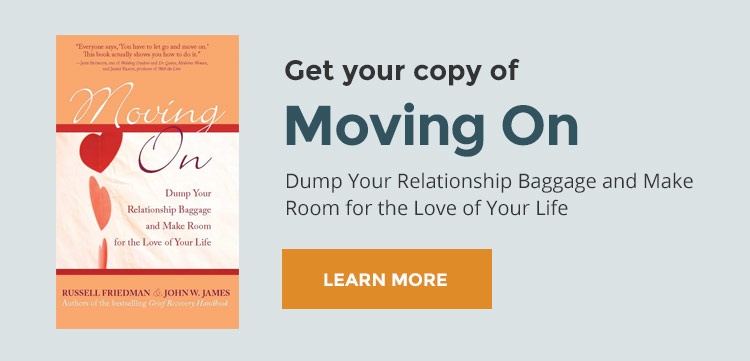











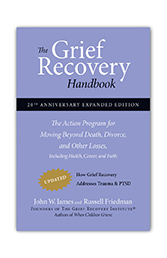
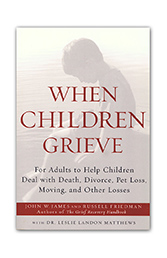
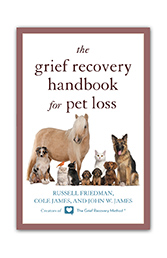
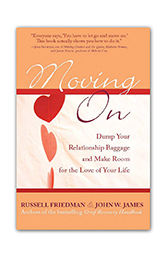
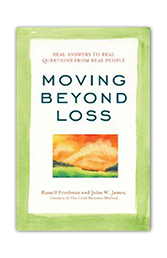
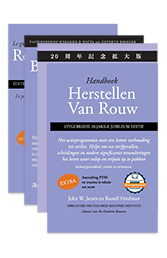




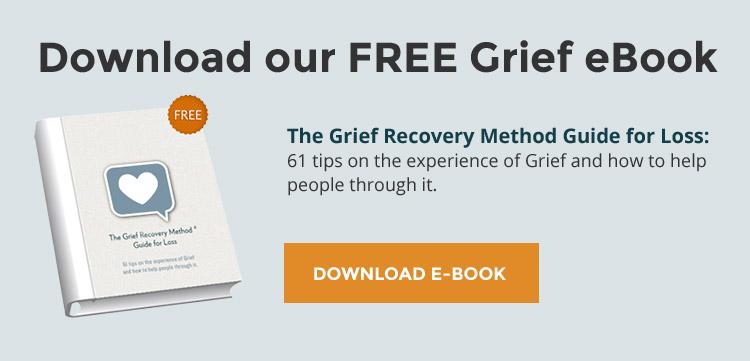
Add new comment